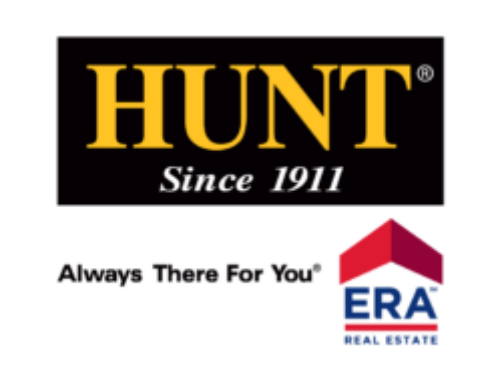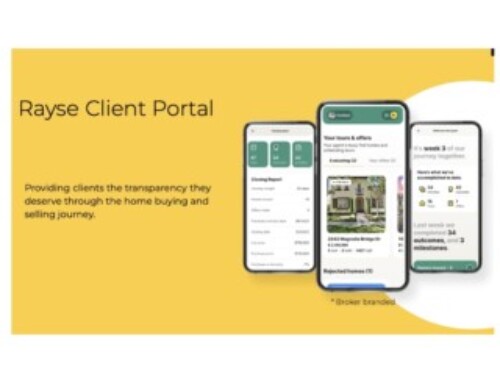 California Regional MLS and MLS Listings have reached an agreement to share MLS listing data. This is an important signal of MLS strategy in California for a number of reasons. These MLSs are planning to share data by sending data to each other for display in each other’s system and use by each other’s subscribers without the need to belong to both MLSs.
California Regional MLS and MLS Listings have reached an agreement to share MLS listing data. This is an important signal of MLS strategy in California for a number of reasons. These MLSs are planning to share data by sending data to each other for display in each other’s system and use by each other’s subscribers without the need to belong to both MLSs.
Previously, CRMLS only pursued data sharing through CARETS™, a hub and spoke data share product developed by MRIS. Through this new sharing agreement with MLS Listings, CRMLS now has adopted three initiatives to create a statewide MLS system in California. The first is through mergers. The second is through their hybrid solution at allows any California REALTOR® Association to offer CRMLS service along with their current service. This hybrid solution is active between CCRMLS on the California central coast and CRMLS. The third is reciprocal data sharing where data is synchronized between cooperating MLSs as represented here with this agreement with MLS Listings.
Why data share?
The press release says that the data share is to promote “boundary free access to real estate data” when it refers to the largest data share in the nation – CARETS™. In areas where many MLSs share boundaries with lots of listings, a condition called Overlapping Market Disorder (OMD) exists. I am not sure if the term OMD first emanated from David Charron of MRIS – but that is the way I remember it.
Where there is OMD, listings are entered into multiple systems and there are multiple dues. This drives up expenses for everyone and creates duplicate efforts to enter and manage data – not to mention how it throws off market share reports, market sales reports, property search on IDX powered websites and many other data driven business tools. Data sharing cures many of these issues. This was the reason CARETS was created in Los Angeles, but CRMLS is departing that program and effectively doing the same type of data sharing, but on an individual MLS by MLS basis.
Why not support CARETS?
CRMLS has notified the CARETS organization of Los Angeles area MLSs that it intends to withdraw from CARETS but enter into reciprocal data sharing agreements with any MLS in California that wants to share. The data share between these two entities is an extension of that strategy. Today, it is believed that direct data sharing is less expensive and easier to maintain than a hub and spoke approach of CARETS. There are no fees involved in the data sharing between MLS Listings and CRMLS. Each MLS bears their own cost of data maintenance and mapping.
In fact, both CEOs have mentioned that they would like to data share with more MLSs in California under the same terms.
Is this part of MOVE’s Find or CoreLogic’s Data Co-Op data share program?
The CoreLogic Data Co-Op provides data sharing. MOVE’s Find program also provides uniform access to the data, but with no license fee. Both MLSs have relationships with each of these companies, but these vendor data sharing programs are not begin leveraged for this initiative. Neither firm is opposed to using Find or Data Co-Op, but its just easier and simpler to put the data into each MLS’s core interface. Both MLSs supported the former Alliance program powered by Homes.com, but learned the separate interface was challenging. This data share is pretty straightforward. They swap data and keep the data synchronized via RETS.
Data Normalization
Both CRMLS and MLS Listings have been founding supporters and active contributors to the Real Estate Standards Organization and the RESO data dictionary. Both organizations recognize the challenges to normalizing MLS data and MLS rules that would allow CARETS data to be ingested into each MLS system. That process is still hard, but the progress of RESO has made it much easier. Neither MLS believes that there will need to be many data field changes to facilitate the data sharing.
What is the implication to Statewide MLS, MLS Consolidation, or MLS of Choice?
I think that California has about 55 MLSs. If they data share, what would be the benefit to consolidation? The statewide agenda is to put every listing in front of every California REALTOR®, not create a single MLS for the entire state. These MLSs just want REALTORS® to have access to the same data a consumer does. The MLS business model should never interfere with the REALTOR®’s access to the data. MLSs need to realize that statewide MLS can mean many different things. It does not necessarily mean that the local MLS goes away or loses control of their ability to serve their subscribers.
Rules – NAR/CAR standard rules and regulations.
The National Association of REALTORS® and the California Association of REALTORS® have put a lot of work into creating rules standards. These rules also impact how REALTORS access and use data. Both MLSs have adopted these rules standards, so there was little need to make rules changes to facilitate data sharing.
The Future of the Partnership
The two CEOs have worked together for years on many projects. Working together on data sharing will only further their mutual ability to support brokers and agents. They both feel that they need to cooperate with each other to benefit the agent or broker’s best interest. Fragmentation of MLSs only hurts the industry.
Reciprocal Link Goes Away (after a while)
There are many ways to share MLS data. One popular path is to put a link inside each MLS that allows users (agents, etc) to sign on to the other MLS from their home system. This reciprocal link program is popular because it gets agents to the information that they need at an economic level of effort. Most MLS systems make setting up these singles sign on links pretty easy to do – often done without the support of the vendor. MLS Listings (based in the heart of the Silicon Valley) has had a reciprocal link agreement with CRMLS (Primarily Eastern and Southern Los Angeles) for a number of years. Given that there are 500 or more miles between the core subscribers of each system, there was not really a lot of overlap or competition between the two MLSs.* MLS Listings also has reciprocal link programs in place with Sacramento based Metrolist, San Francisco based SFAR, East Bay based Contra Costa and EBRDI, and Marin-Sonoma-Napa based BAREIS. There are no plans for those links to go away, only the CRMLS link after users have migrated their auto-prospecting alerts back over to their home system.
There is a potential challenge to using reciprocal links in using the data for real estate business application; such as, IDX, VOWs, CMAs, Transaction Management, Forms, or Market Statistics, etc. But this will not be a challenge for CRMLS and MLSListings because they are unique in their shared usage of Matrix.
Another key limitation to reciprocal links is the need for the agent to learn a new system. But again, in the case of CRMLS and MLS Listings – they both offer CoreLogic Matrix as their core solution. So this was not really an issue, but it is an issue when linking to Rapattoni, Paragon, or other systems that MLS Listings customers currently link to.
More Information
The Council of MLSs commissioned the WAV Group to author a paper on MLS Data Sharing. It outlines all data sharing strategies including those articulated here. It also provides a good guide for MLSs to use for discussing data sharing as a strategy for improving MLS services to agents and brokers – Here is a link to that study and the free download.
*CRMLS does have around 4000ish additional subscribers in Northern and Central California, but the core of their 72,000 subscribers are in the Greater Los Angeles Area.





This is a great development, I think the biggest roadblock to a State wide MLS is the fear that Realtors would loose control of their own MLS. “local” control of the MLS’s keeps Realtors in control of their own data and its usage while the data sharing model gives Realtors the chance to have state wide data. I sit on EBRD’s board and am quite excited about this development.